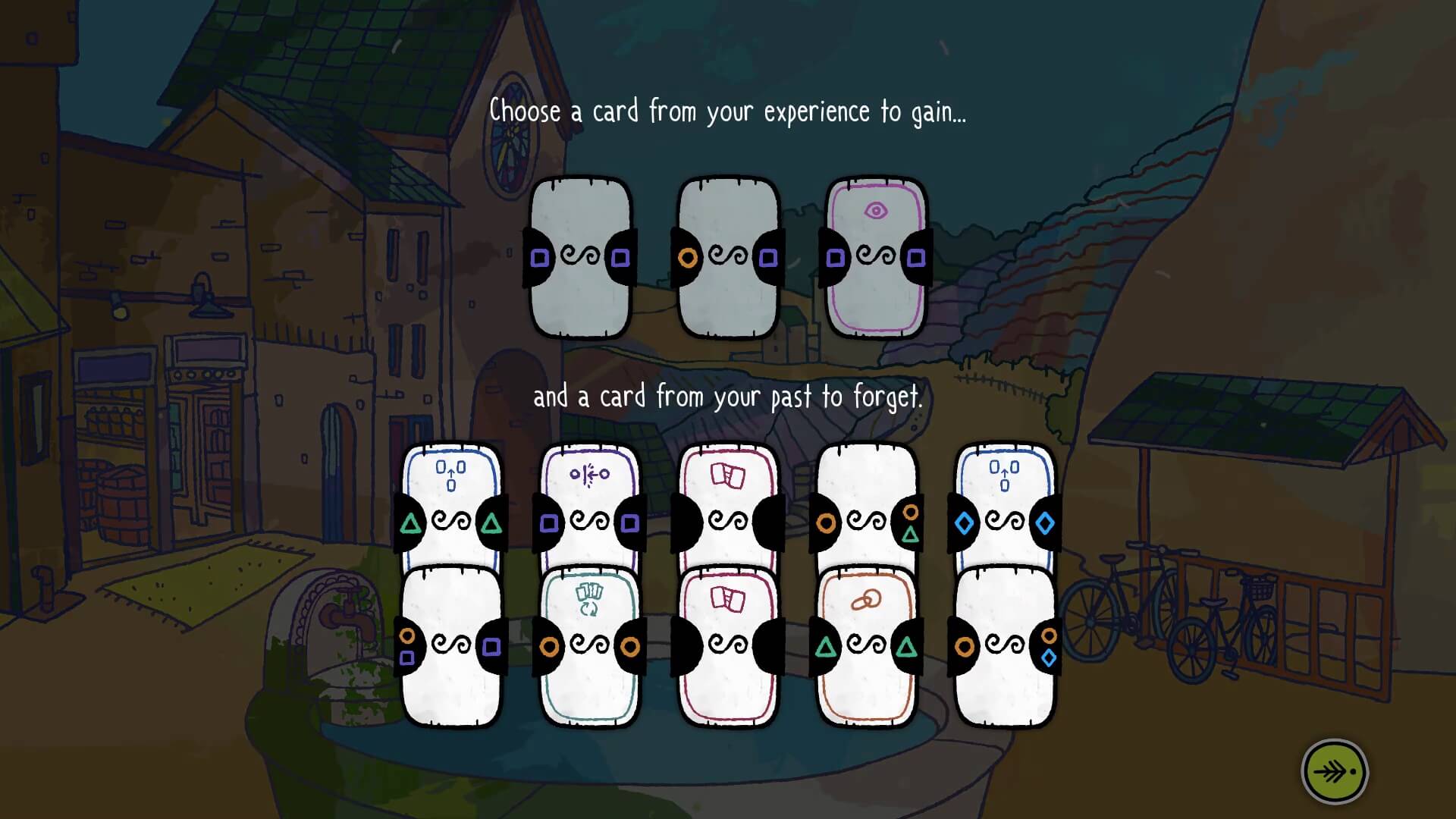Signs of the Sojourner — Symbolic Connections
Match symbols as a means of communication in Signs of the Sojourner
Since the birth of languages, humans have been using symbols representative of the various meanings around them. From ancient Egyptian hieroglyphs, to Chinese logograms to more modern innovations like Klingon, language is, and always will be a part of us. Signs of the Sojourner takes this concept and brings it to tabletop gaming.
In Echodog Games’ Signs of the Sojourner, one takes on the role of a silent protagonist, whose only way of communication is through a deck of ten, ever-changing patterned cards. Whilst the core mechanic of the game is essentially deck-building, it is, to me, more of a Journey-like experience (pun not intended).
You build your deck with each encounter and through these conversations while you learn more about the world around you. People essentially change in response to the language you speak through the cards. The start of Signs of the Sojourner begins in a boondock town and as you progress deeper into the city and its surrounding areas, you have to adapt. Though that would mean forgetting the language of your home.
For me, when I first came across Signs of the Sojourner, I thought it was kind of odd, in a way. For the first few minutes of gameplay, all I knew was that I had to match up the patterns on the cards to curry favour with the characters of which I was talking to.
Slowly, it dawned upon me that the cards were essentially my voice. Like all powers, I had to use it wisely and with responsibility. Make too many mistakes, and like with all conversations, end up alienating the very people I have been talking to.
Soon, I began to slowly adapt to each conversation, from my best friend Elias in my hometown to the people in the city. As I traveled from town to town on a caravan, I soon begin to become fatigued and by that, gained ‘fatigue cards’, which were essentially useless in conversation. I like how the fatigue mechanic gave a semblance of both homesickness and a sense of sojourning. Why? They only went away when I went back home to rest.

Soon enough, once the fatigue was gone, I was back on the road. It really opened my eyes that a completely silent game would elicit such deep and buried emotions within me. I thought about my own sojourning through life, where I wouldn’t remain long in a place, at least emotionally.
In the end, what came to me was this: you don’t have to sojourn very far to understand what communication and understanding is.
Sometimes, you just have to look around you.
Signs of the Sojourner is estimated to release this year. You can wishlist the game on Steam or find out more at their website.
Comments are closed.